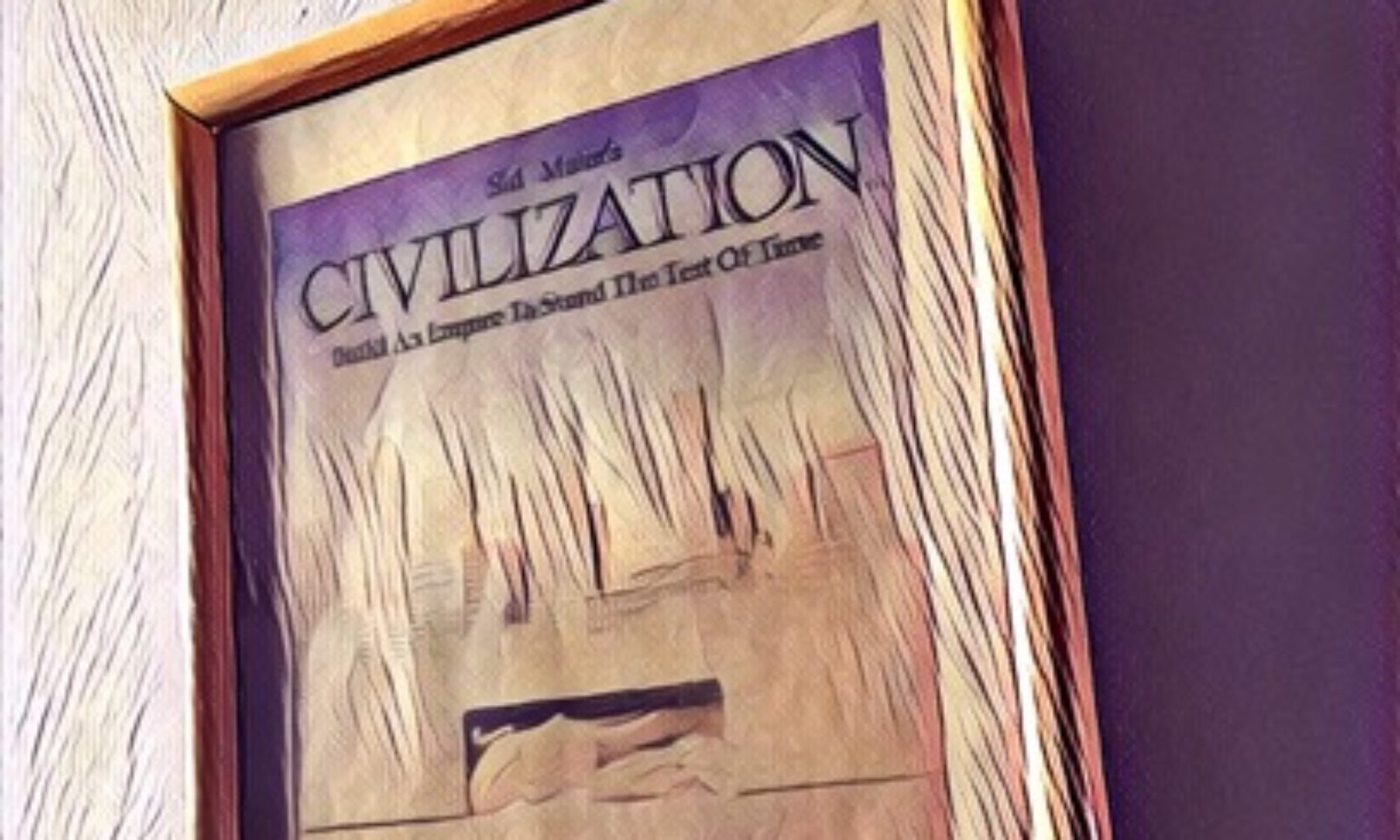Alien: In space, everyone can hear a hard drive boot.
There is a key moment in Ridley Scott’s Alien (1979) that defines the essence of the much-used but occasionally ill-employed term of “retro”: As the ship Nostromo’s ominously named computer MU-TH-ER is booting up, it audibly cranks into action, the hard drive scratching away, etching every 0 and 1 into audiences’ eardrums. The process of data retrieval is likened to be akin to coal mining, tedious, laborious and indeed mysterious.
Hard drives of the 70ies – and way into the present age – inevitably made themselves heard upon user interaction. The film Alien nevertheless incorporates the ship’s computer deliberately into the soundtrack, lending it as much importance as the dialogue. M.U.T.H.E.R. is indeed tasked to decipher a frightening alien signal, in the process of which the scratching hard drive competes with the alien vernacular. Data retrieval and processing are revealed to be essential players in which human presumptiveness foils technology’s hard work that eventually reveals the signal to be a warning.
In retro-spect, the unstoppable evolution of technology equally harbours a warning. What we gain through technology we lose in perceptiveness. How exposed the one taking the world around him for granted.
Advancements will always smoothen the rough edges of existence, they have been at it since the dawn of humankind.
Only Google knows how many peta-bytes of data are being processed every year, month, week or day. Thank god, advancements have saved us from a deafening cacophony of scratching hard drives and beeping modems. Still, where has all the pioneering excitement gone?
Home Video: You can actually meet people and feel media!
Home video is an area that has been hardest hit by the onslaught of disc formats, downloadable contents and on-the-fly streams of media. Watching a film from the comfort of your beloved couch has become a frighteningly isolationary pastime. No longer do you trek to the nearest video store, no longer do you meet friends and make new acquaintances. No longer is a video encapsulated in weighty plastic containers. Video has left the physical realm, its very palpable nature forever gone.

The sense of touch deserves particular mention. We humans possess an almost superhuman capacity to communicate non-verbally by feeling surfaces, grasping and moving objects. Surfaces become imprinted in our memory, forever recognised and never forgotten.
It is thus that we still remember that rental tape of Robert Wise’s Star Trek The Motion Picture, the mighty two-tape box of Stanley Kubrick’s 2001 or, indeed, that special edition Jurassic Park video – a popular choice Christmas 1993 – whose roughened surface and colour made the case resemble a fossil, both in sight and touch.
Fetching boxes, weighty tapes, colourful covers also made for a fine collection that instilled pride in the hearts of film lovers. Collecting is based on the powerful sensation of possession; whereas a movie ticket only granted a two-hour glimpse, a sell-through release meant total control over a mighty blockbuster.
The importance of a motion picture

The laserdisc format was limited to 60/30 minutes per disc side. The real drawback to enjoying 625 lines of crystal clear video that blew VHS and its ilk out of the water was not price tag, but the necessity to flip sides or even switch discs altogether. Now what sounds like painful tedium inadvertently added to the viewing experience as “side breaks” – if smartly chosen by the people mastering these optical discs – underlined story beats and, importantly, put the viewer on the same level as a projectionist. For swapping discs was entirely the same process as changing reels of film, directly involving viewers in the very act of displaying the film in question. Hence laserdisc viewing amounted to a ritual that lent the film being “projected” importance. Finally, the connection to a film was immediate and deep felt as the discs, like videotapes, had to be physically manipulated to be ready for playback.
A digital download knows no such pleasures. It is a veritable pity.

